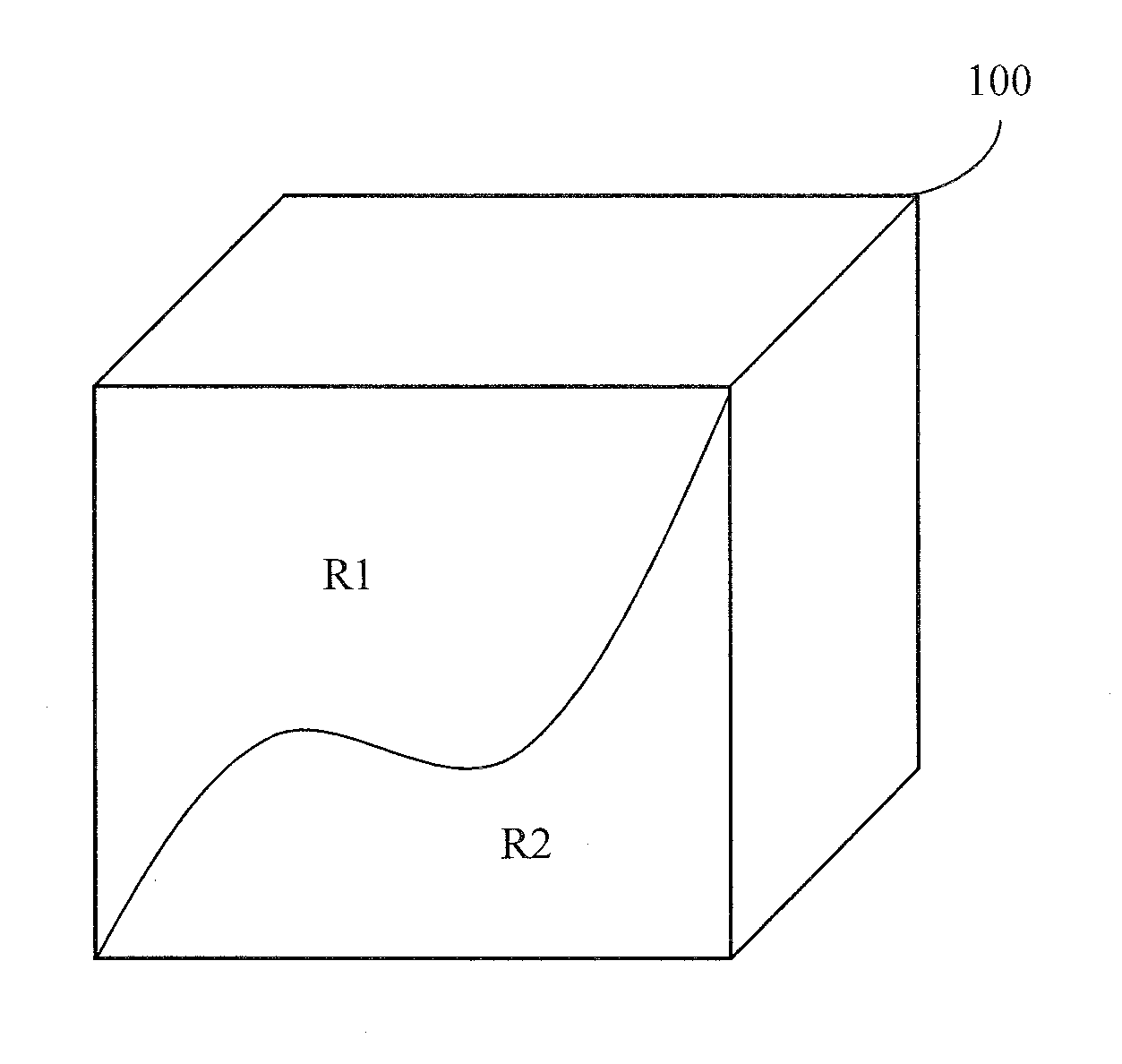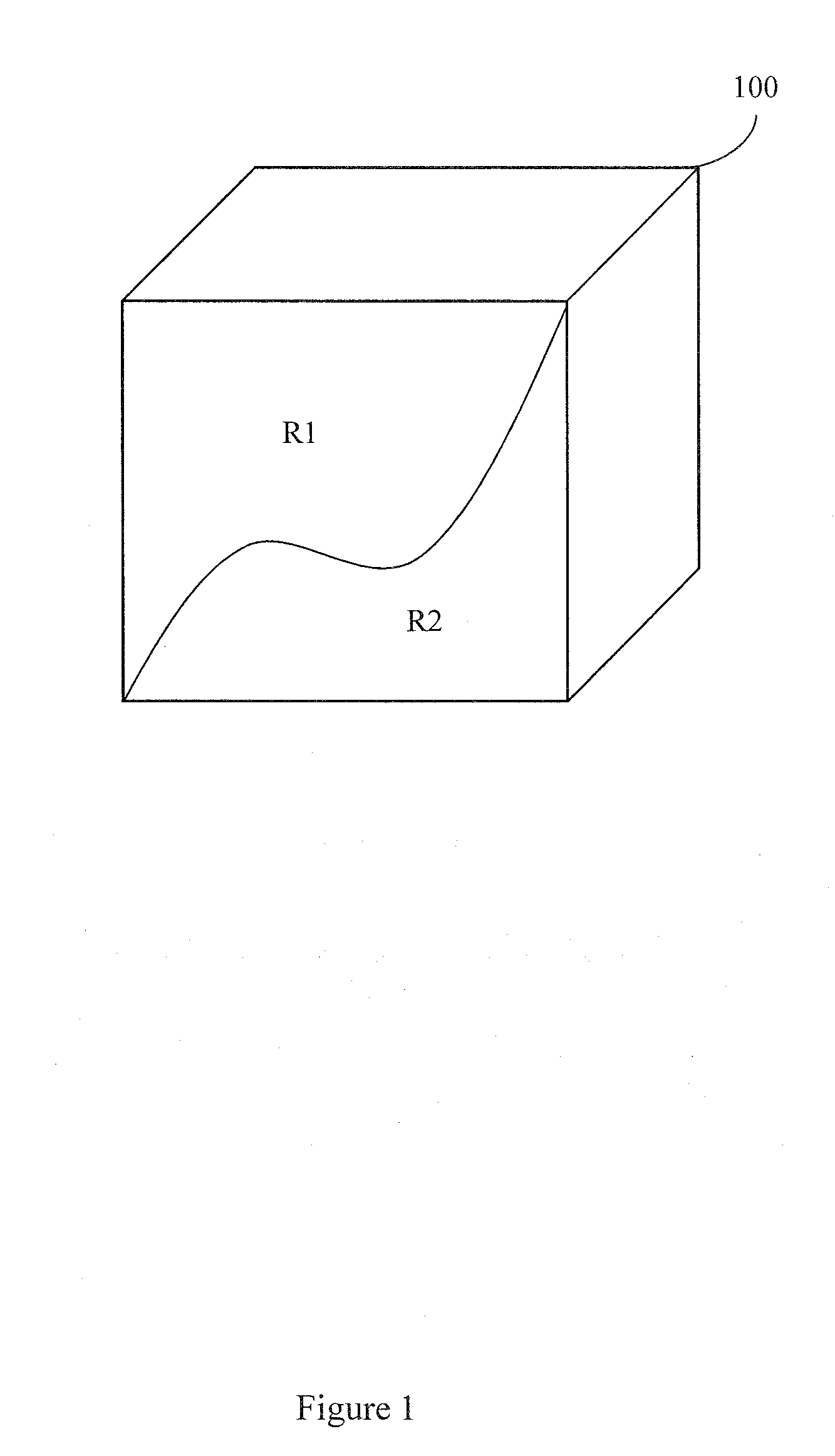Nuclear magnetic resonance (NMR) fingerprinting
a technology fingerprinting, applied in the field of nuclear magnetic resonance (nmr) fingerprinting, can solve the problems of imposing nature, affecting the accuracy of the image, and a long time to make an image,
- Summary
- Abstract
- Description
- Claims
- Application Information
AI Technical Summary
Problems solved by technology
Method used
Image
Examples
Embodiment Construction
[0028]Example apparatus and methods do not try to force each resonant species containing area in an object to produce a desired signal at a desired time in response to specifically crafted preparation / wait / acquire sequences. Example apparatus and methods do not iterate through areas to be analyzed several times using identical specifically crafted preparation or excitation schemes to highlight individual parameters.
[0029]Instead, example apparatus and methods employ a series of varied sequence blocks that produce different signal evolutions in different resonant species (e.g., tissues) to which the RF is applied. The term “resonant species”, as used herein, refers to an item (e.g., water, fat, tissue) that can be made to resonate using NMR. By way of illustration, when example apparatus and methods apply RF energy to a volume that has both bone and muscle tissue, then both the bone and muscle tissue will produce an NMR signal. However the “bone signal” and the “muscle signal” will b...
PUM
 Login to View More
Login to View More Abstract
Description
Claims
Application Information
 Login to View More
Login to View More - R&D
- Intellectual Property
- Life Sciences
- Materials
- Tech Scout
- Unparalleled Data Quality
- Higher Quality Content
- 60% Fewer Hallucinations
Browse by: Latest US Patents, China's latest patents, Technical Efficacy Thesaurus, Application Domain, Technology Topic, Popular Technical Reports.
© 2025 PatSnap. All rights reserved.Legal|Privacy policy|Modern Slavery Act Transparency Statement|Sitemap|About US| Contact US: help@patsnap.com



